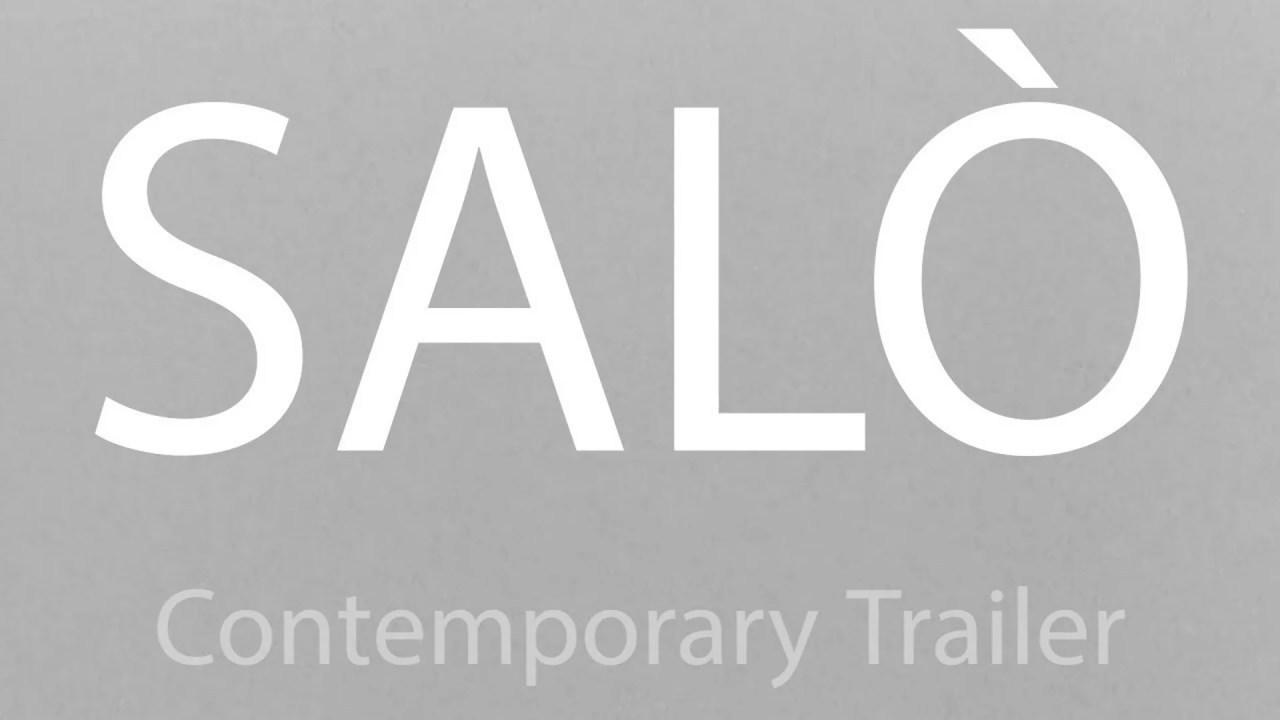Movies are very powerful tools in today’s world. Not only can it make you feel different emotions at a time, you can even question reality sometimes! However, it hasn’t always been like this. The industry is guided by several ‘unwritten’ rules, but some producers are brave enough to break out of this boundary.
While some of these ‘boundary-breaking moments’ may make audiences uncomfortable, it is necessary to remind you about uncomfortable truths and challenging societal norms. And some of them have been pivotal in moving the industry forward.
We can also see this narrative play out in other industries. For example, in the gambling industry, it takes just one casino to start a trend that others will follow. Just like we saw Hell Spin Casino introduce an exuberant amount of free spins as bonus, several other Hungary online casinos followed suit. Likewise, in this article, we will explore some of the most unsettling scenes that have pushed cinematic limits, forever leaving their mark on the cinematic universe.
“A Clockwork Orange” (1971) – The Ludovico Technique
When violence and human capacity for change unites, we have Stanley Kubrick’s “A Clockwork Orange.” While the movie is filled with several controversial scenes, the one that stands out is where we see the Ludovico Technique in full display. This technique is a behavioral modification experiment, and we saw the protagonist, Alex, undergo it.
In the cruel scene, we saw Alex strapped to a chair, eyelids forced open, then full exposure to several disturbing images, with classical music playing in the background—like it will make him feel any better. This scene challenges the audience’s tolerance for violence, while also questioning the ethics of using psychological conditioning as a means of rehabilitation.
“Irreversible” (2002) – The Subway Rape Scene
Gaspar Noé’s “Irreversible” is popular for portraying extreme violence and sexual assault. The most unsettling one was the brutal rape of a woman in a subway underpass. To make matters worse, the scene lasted nine minutes long!
With the unedited length of the scene, audiences were in extreme shock and discomfort. Howbeit, Noé deliberately immerses the audience in the brutality to elicit a visceral response, forcing us to confront the harsh realities of sexual violence.
“Antichrist” (2009) – The Self-Mutilation Scene
A movie that does well to portray the darker side of human nature would be Lars von Trier’s “Antichrist.” This movie has it all—guilt, grief, sadness, you name it!
One scene that stuck was when the female protagonist, in person of Charlotte Gainsbourg, engages in full-blown self-mutilation. This scene particularly pushed the boundary of what is viewed as the norm to be portrayed on the big screen. However, It serves as a shocking portrayal of the character’s descent into madness while challenging societal taboos surrounding female sexuality.
“Salò, or the 120 Days of Sodom” (1975) – The Infamous Banquet Scene
Pier Paolo Pasolini’s “Salò, or the 120 Days of Sodom” is a movie that captures the Fascist Italy during World War II. If you know a bit of history, how unsettling those times were.
One scene that stood out was the infamous banquet scene. There, we see wealthy individuals force young captives to engage in acts of extreme degradation and violence. It depicted physical and sexual abuse which is an area that most audiences don’t want to confront.
“Cannibal Holocaust” (1980) – Animal Cruelty and Realistic Violence
Ruggero Deodato’s “Cannibal Holocaust” is infamous for its extreme violence and inclusion of real animal cruelty. The movie depicts a group of documentary filmmakers who are captured by a tribe of cannibals in the Amazon rainforest.
The scenes of animal cruelty, including the killing of a turtle and a monkey, shocked audiences upon release and sparked debates about the ethical boundaries of filmmaking. While the movie raises important questions about exploitation and sensationalism in the media, its use of real animal violence remains highly controversial.
Challenging the Limits of Cinema
These unsettling scenes represent just a few examples of how producers and makers have pushed the boundaries of cinematic storytelling. By confronting uncomfortable subjects and pushing the limits of what is deemed acceptable to portray on screen, these directors have done two things:
- Challenging societal norms
- Provoking intense reactions from audiences
While these scenes may be difficult to watch, they serve as a reminder of the power of film to provoke thought and stimulate debate.
As cinema continues to evolve, we can expect filmmakers to continually test the boundaries of what is considered acceptable or shocking. These unsettling scenes serve as a testament to the undeniable impact of cinema and its ability to challenge our perceptions, leaving an indelible mark on the history of film, and continuing to push the limits of storytelling.



